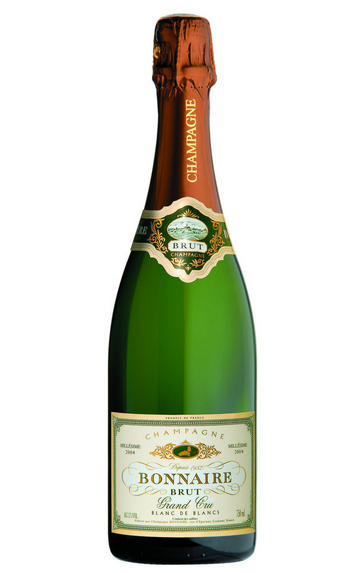
About this WINE
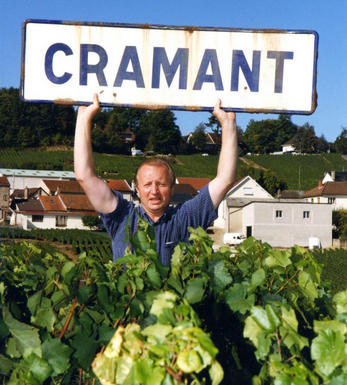
Champagne Bonnaire
Bonnaire is a family owned Champagne estate, based in the village of Cramant south of Epernay in Champagne’s Côte des Blancs.
Jean-Louis Bonnaire is at the helm of the estate. Monsieur Bonnaire’s vineyards cover more than 22 hectares, and are planted with Chardonnay, which is the sole component of the Bonnaire cuvées (all Blanc de Blanc Champagnes), with the exception of the Rosé which is a blend of equal parts Pinot Meunier, Pinot Noir and Chardonnay.
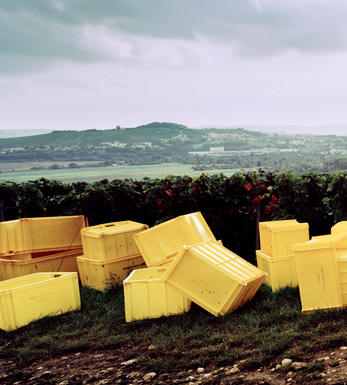
Brut Champagne
Brut denotes a dry style of Champagne (less than 15 grams per litre). Most Champagne is non-vintage, produced from a blend from different years. The non-vintage blend is always based predominately on wines made from the current harvest, enriched with aged wines (their proportion and age varies by brand) from earlier harvests, which impart an additional level of complexity to the end wine. Champagnes from a single vintage are labelled with the year reference and with the description Millésimé.
Non-vintage Champagnes can improve with short-term ageing (typically two to three years), while vintages can develop over much longer periods (five to 30 years). The most exquisite and often top-priced expression of a house’s style is referred to as Prestige Cuvée. Famous examples include Louis Roederer's Cristal, Moët & Chandon's Dom Pérignon, and Pol Roger's Cuvée Sir Winston Churchill.
Recommended Producers : Krug, Billecart Salmon, Pol Roger, Bollinger, Salon, Gosset, Pierre Péters, Ruinart
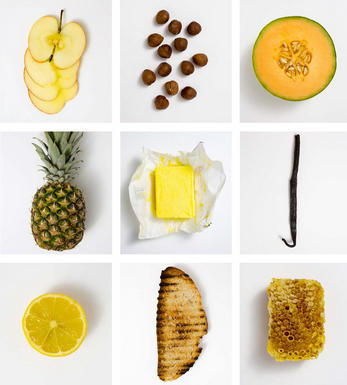
Chardonnay
Chardonnay is often seen as the king of white wine grapes and one of the most widely planted in the world It is suited to a wide variety of soils, though it excels in soils with a high limestone content as found in Champagne, Chablis, and the Côte D`Or.
Burgundy is Chardonnay's spiritual home and the best White Burgundies are dry, rich, honeyed wines with marvellous poise, elegance and balance. They are unquestionably the finest dry white wines in the world. Chardonnay plays a crucial role in the Champagne blend, providing structure and finesse, and is the sole grape in Blanc de Blancs.
It is quantitatively important in California and Australia, is widely planted in Chile and South Africa, and is the second most widely planted grape in New Zealand. In warm climates Chardonnay has a tendency to develop very high sugar levels during the final stages of ripening and this can occur at the expense of acidity. Late picking is a common problem and can result in blowsy and flabby wines that lack structure and definition.
Recently in the New World, we have seen a move towards more elegant, better- balanced and less oak-driven Chardonnays, and this is to be welcomed.


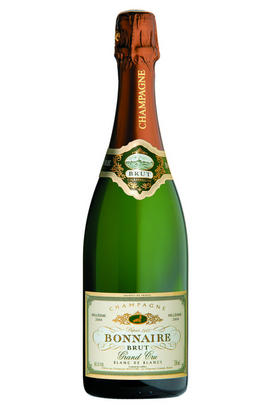
Buying options
Add to wishlist
Description
Jean Louis Bonniare and his son Jean Louis are rather fortunate to be one of the major land-owners in the Grand Cru village of Cramant, with an impressive 17 hectares to their name in this pretty Côte des Blancs enclave just south of Epernay. Cramant is famous for elegant Chardonnay-based Champagnes; indeed, before it was banned ( la trahison des clercs) the slightly less pressurised , as it were, Crémant de Cramant was, beyond the pleasing assonance of its name, one of the most elegant styles of all Champagnes.
The essence of the style remains however, and the 2004 from Bonniare captures it perfectly; hawthorn, acacia and mirabelle plum on the nose lead to an finely-honed palate where steel-sharp acidity is tempered by the plush of high quality fruit and an autolytic legacy from three and a half years on the lees.
wine at a glance
Delivery and quality guarantee